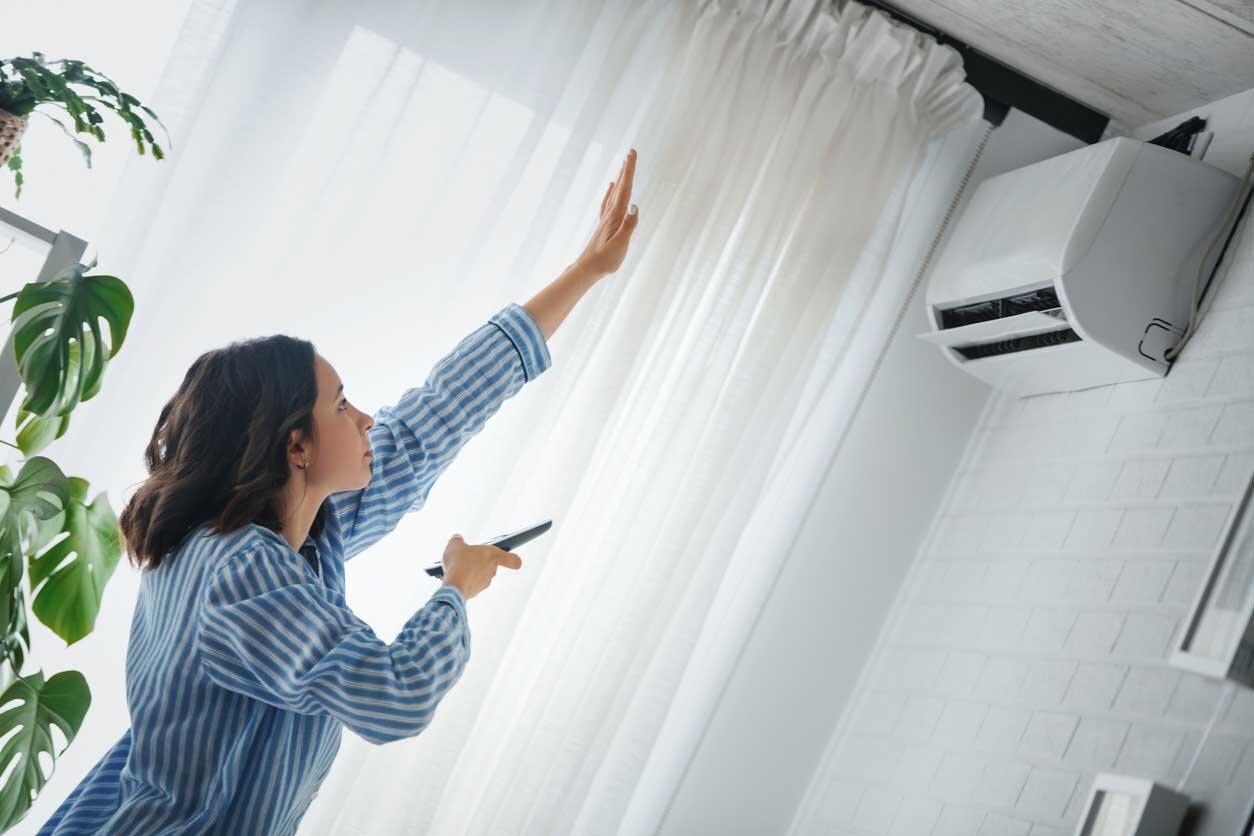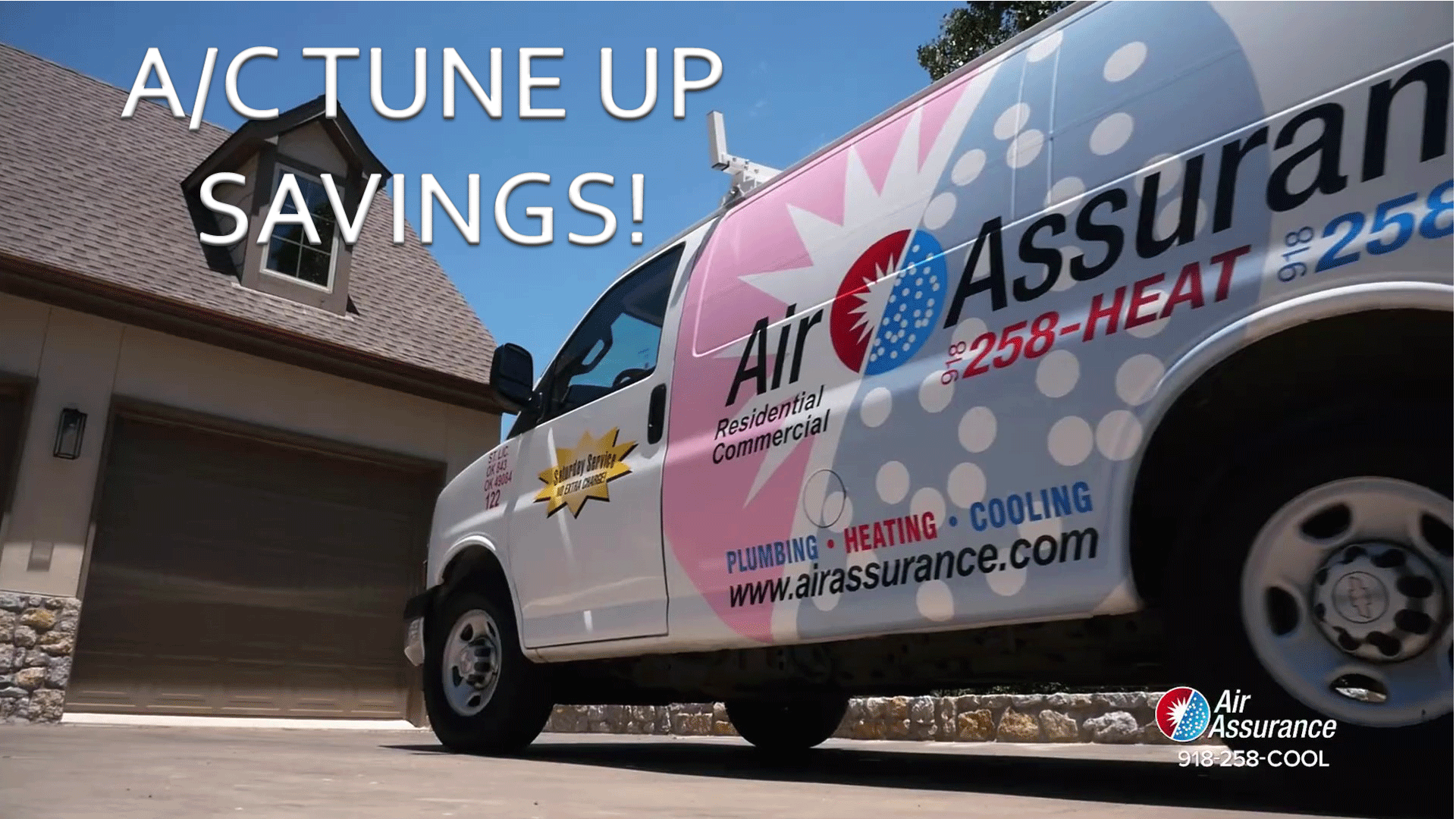Your HVAC system has a host of complex components, all of which serve essential functions in heating and cooling your home. Take the thermostatic expansion valve (TXV), for instance. What does it do and why is it important? Let's take a look.
What Is the Thermostatic Expansion Valve?
The TXV is designed to improve AC efficiency. Simply put, it controls the flow of refrigerant as it flows into the evaporator. I.e., as it turns from a liquid to a gas. By limiting the refrigerant flow, the thermostatic expansion valve allows for more efficient heat transfer.
It also helps keep your AC system from breaking down. The controlled release ensures that all the refrigerant has been turned to vapor when it leaves the evaporator and enters the compressor. If liquid refrigerant is allowed to enter the compressor, it can cause serious damage to your unit.
Problems With Your Thermostatic Expansion Valve
In order to regulate refrigerant flow properly, your thermostatic expansion valve must open a specific amount at a specific time. If it opens too wide, then too much refrigerant flows through the evaporator. If it doesn't open wide enough or doesn't open at all, then the refrigerant won't reach the evaporator.
This is usually caused by moisture or other contaminants in the system which jam the TXV, causing it to stick. It's a simple-enough problem to fix, though it's not always easy to diagnose. This is because the symptoms of the problem look similar to those of a low refrigerant charge. A technician may see the problem, assume the system needs more refrigerant, and recharge it. However, this will typically only damage the TXV further.
This is why it's important to hire an HVAC technician who knows what they're doing and can diagnose issues properly. An expert knows what signs to look for and how to tell the difference between low refrigerant and a broken TXV, ensuring a proper diagnosis.
For expert help with your thermostatic expansion valve and any other HVAC components, contact us at Air Assurance. We know how to keep Broken Arrow's home-comfort systems running smoothly and efficiently.









